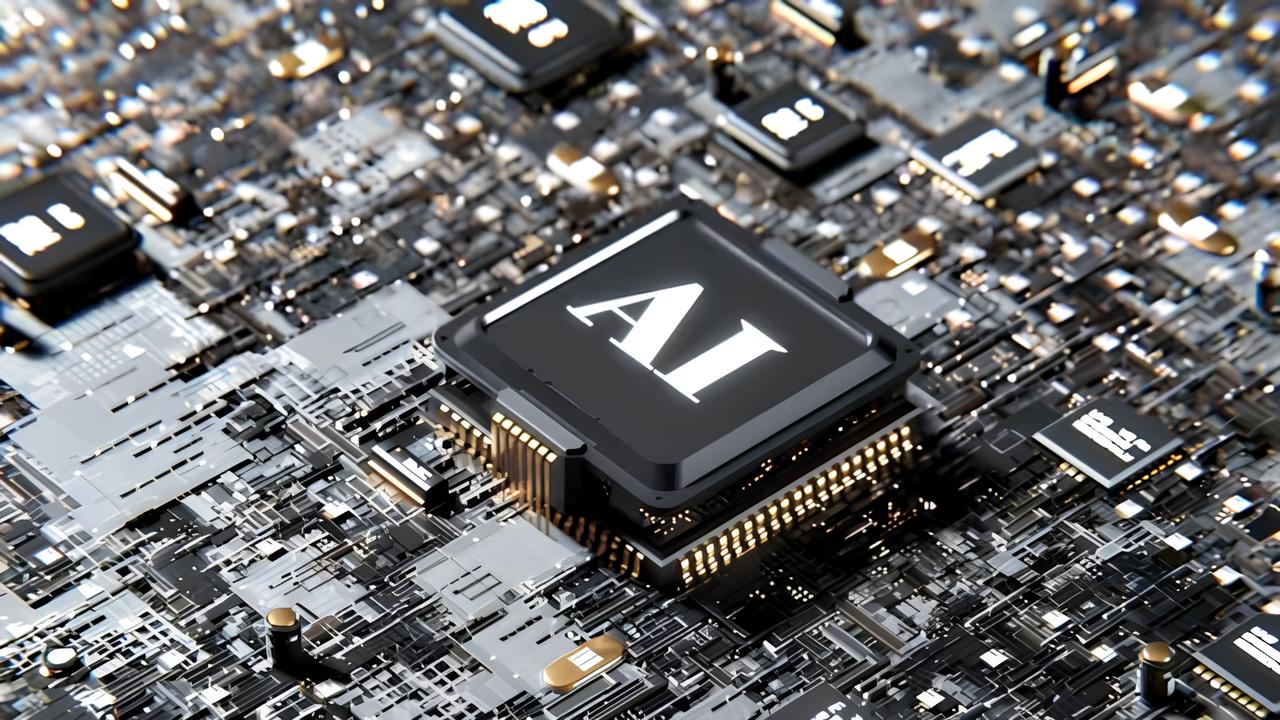Taiwan’s first AI Supercomputer


The statement was made by Nvidia CEO Jensen Huang at the Taipei Music Center, which is hosting the Computex AI exhibition from May 20 to 23. In order to speed up the chip-to-chip connection required to develop and implement artificial intelligence capabilities, Nvidia announced on Monday that it intends to sell a technology to third parties that will connect chips.
On Monday, Nvidia introduced NVLink Fusion, a new version of its NVLink technology that it would market to other chip designers to assist in creating potent custom AI systems that use many interconnected chips. For their bespoke chip initiatives, Marvell Technology and MediaTek intend to use the NVLink technology known as Fusion.
For example, Nvidia’s GB200, which combines two Blackwell graphics processing units with a Grace CPU, uses NVLink, which was developed years ago, to transfer enormous volumes of data across different processors.
The statement was made by Nvidia CEO Jensen Huang at the Taipei Music Center, which is hosting the Computex AI exhibition from May 20 to 23. Huang revealed the company’s intention to construct a Taiwan headquarters in the northern suburbs of Taipei in addition to the new tech manufacturing. In his keynote address, he covered Nvidia’s background in developing AI systems and chips as well as the software the business has created to enable them. Huang said that 90% of his presentations used to focus on the company’s graphics processors, but that is no longer the case.
Now, Nvidia has expanded from its origin as a video game graphics chip manufacturer to the top supplier of chips that powered the AI mania swept the tech sector since ChatGPT debuted in 2022. Nvidia has also been working on CPUs to run Microsoft’s Windows operating system and incorporate technology from Arm Holdings, Reuters reported earlier.
During Computex a year ago, Huang generated “Jensanity” in Taiwan as the public and media followed with bated breath the CEO who was swarmed by viewers at the trade show. At the company’s annual developer conference in March, Huang explained how Nvidia would be positioned to respond to the change in computing demand from constructing big AI models to executing applications atop them. He introduced a number of new generations of AI chips, including Blackwell Ultra, which will follow later this year. The Rubin chips of the company will be succeeded by Feynman processors, which are expected next year in 2028.
Nvidia also introduced a desktop variant of its AI chips, DGX Spark, aimed at AI researchers. On Monday, Huang stated that the computer was in mass production and would be out in a “few weeks.”. Computex, which is set to feature 1,400 exhibitors, will be the first big meeting of computer and chip executives in Asia following U.S. President Donald Trump’s threat of imposing broad tariffs to compel companies to raise output in the U.S.